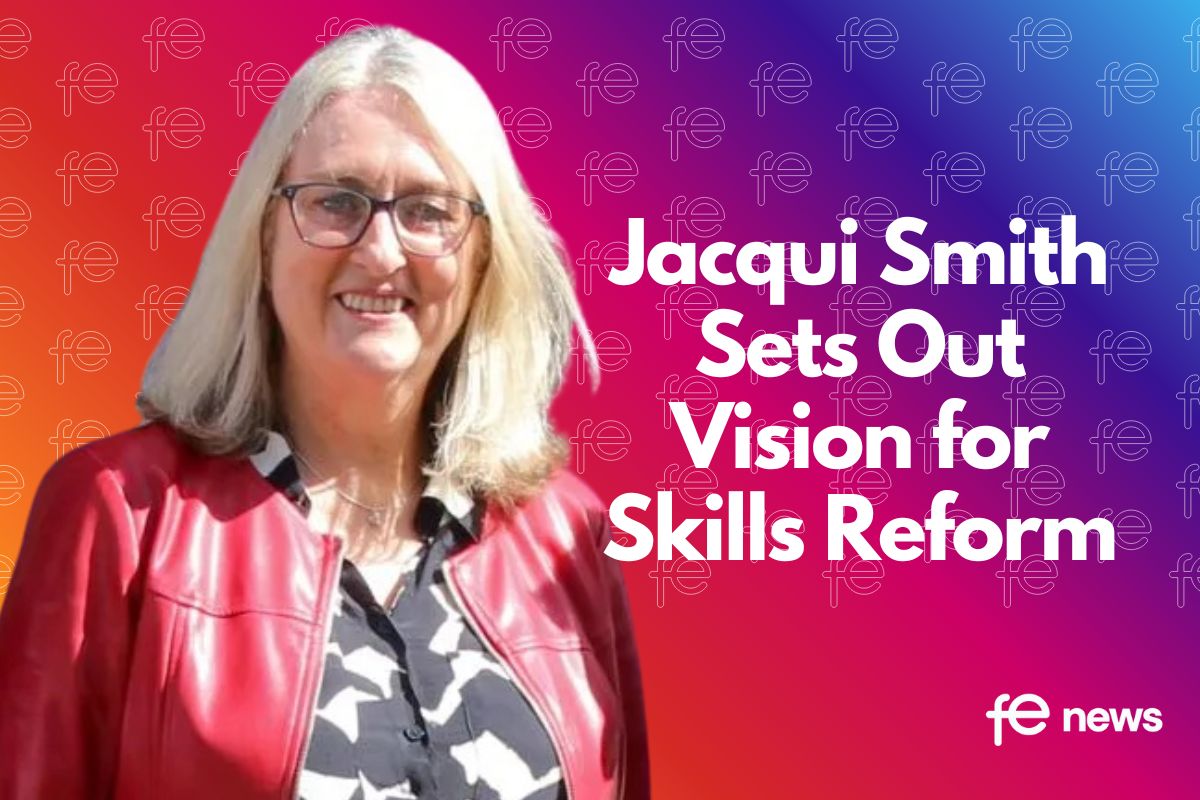More than one in four local authority funded secondary schools in the red

More money, fewer problems? The case for targeted education spending
Drastic variation in finances mean the Government’s plans to ‘level up’ school funding will not close the gap between struggling schools and those with healthy bank balances.
Almost 30% of English local authority secondary schools were in revenue deficit in 2018/19, according to new research by independent Reform think tank.
Since 2011, the proportion of local authority funded secondary schools with no cash reserves has almost doubled – up by 13.7 percentage points.
The average deficit for struggling secondary schools rose this year to around £570,000.
Yorkshire & the Humber and the South West have the highest proportion of secondary schools in deficit, totalling 38% in both. The East Midlands has the lowest.
Primary school finances are in considerably better shape. Just under 8 per cent of primary schools had no cash reserves in 2018-19.
The think tank found that, conversely, 36 per cent of secondary schools had an “excessive surplus” of cash in the bank, meaning that their revenue surpluses are deemed significantly larger than their yearly income.
The average surplus for secondary schools in the black was £391,500.
Combined, the surplus cash for state funded primary and secondary schools totalled £1.5 billion, last year – dwarfing the total deficit, which came to £195 million.
The schools in deficit, however, are not the only schools in financial risk. Of the schools in surplus, 9% of secondaries and 7% of primaries could have their reserves wiped out next year if their in-year balances are the same as this year.
Reform is calling on the Government to reconsider how it spends the additional £4.6 billion a year it has allocated to school funding in real terms by 2022/23 and target this money at schools in most financial need.
Dr Luke Heselwood, report author and Senior Researcher, said:
“Extra cash for schools is welcome, but it must be well spent. A universal ‘levelling-up’ approach risks wasting taxpayer’s money, while failing to sufficiently help those schools in financial hardship.”
The think tank’s analysis also found that there is no correlation between revenues and secondary school attainment outcomes. If the Government wants to ensure more disadvantaged pupils gain good grades, they need a better strategy for recruiting and retaining the best teachers for struggling schools.
It also found that there were no clear drivers of poor revenues. A school’s characteristics such as the percentage of children on Free School Meals or the number of support staff did not necessarily correlate with a school’s finances.
Reform’s analysis used the Department for Education’s Local Authority Maintained School Spending – Full Data Workbook, 2019. See Consistent Financial Reporting data 2018/19.
The Department for Education defines a school with an excessive surplus as revenue balances that are 5 per cent above income for secondary schools and 8 per cent above income for all other types of schools.
The analysis related to revenues and attainment outcomes correlated each secondary school’s revenue reserves with the average Attainment 8 score and average Progress 8 score for 2018/19.
The analysis related to the potential drivers of deficit correlated each school’s revenue and in-year balance with the following variables: percentage of FSM 2018/19, percentage of SEN with statement or EHC plan 2018/19, percentage of pupils where English is not the first language 2018/19, pupil:teacher ratio 2018, percentage of overall absence 2017-18, percentage of enrolments who are persistent absentees 2017/18, building maintenance of a percentage of total expenditure 2018/19, building maintenance and improvement expenditure 2018/19, total expenditure 2018/19, teaching staff expenditure 2018/19, education support staff expenditure 2018/19, pupil:classroom support ratio 2018/19.
Boris Johnson announced an extra £14 billion in funding for schools. By 2022/23, school budgets will therefore rise by £4.6 billion in real terms. These figures will include a per-pupil ‘top up’ meaning that the minimum per pupil spend is £5,000 for secondary pupils and £4,000 for primary pupils.











Responses